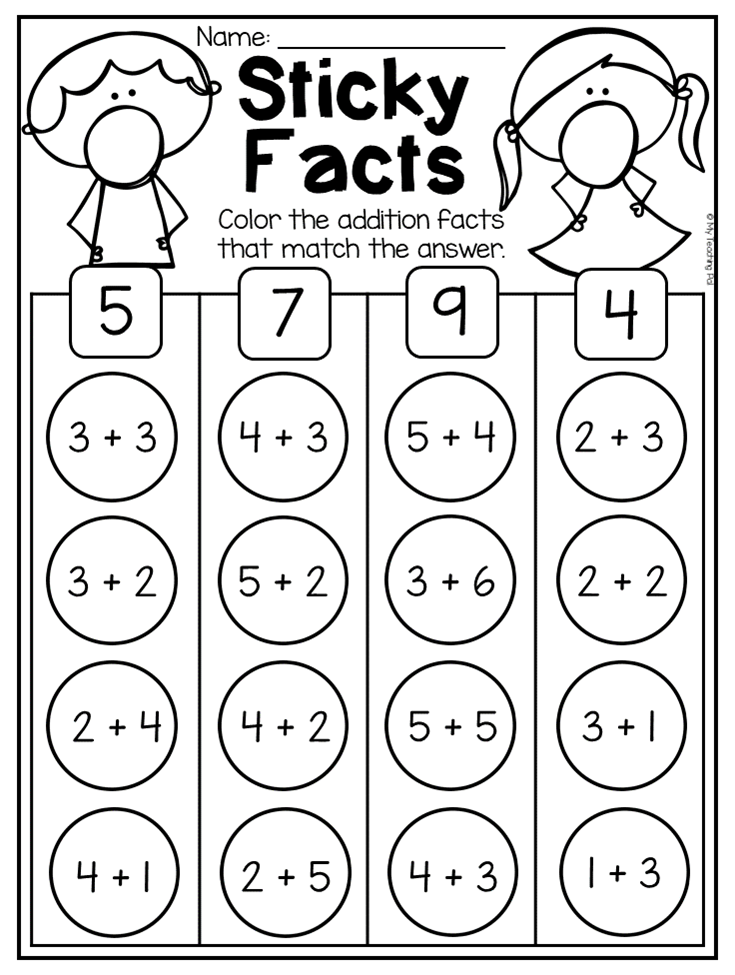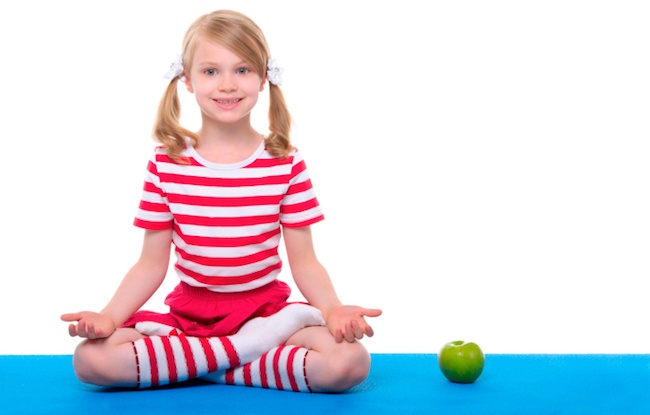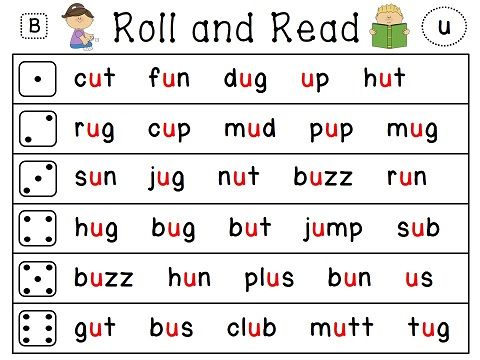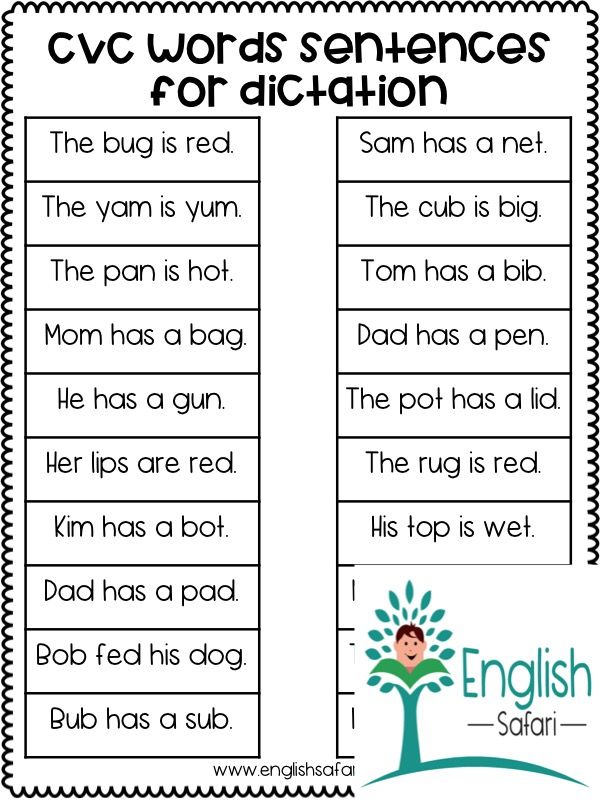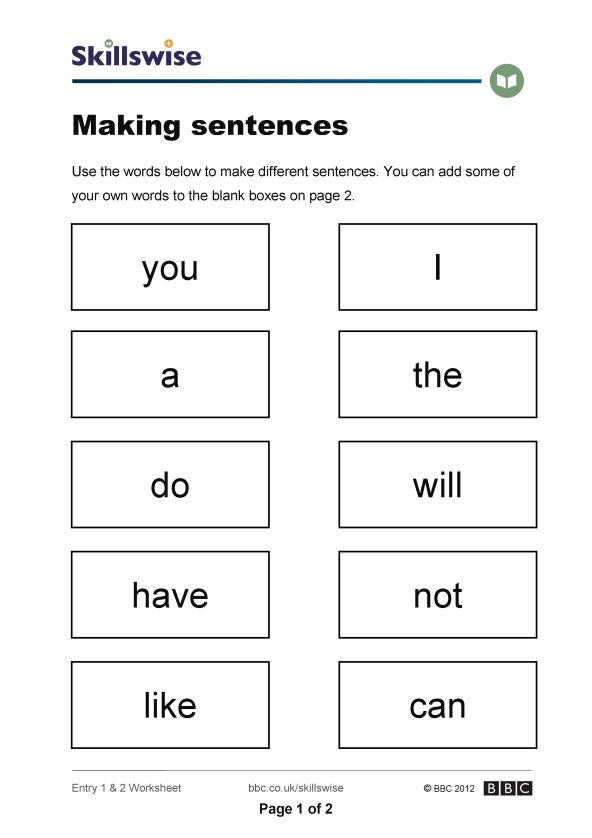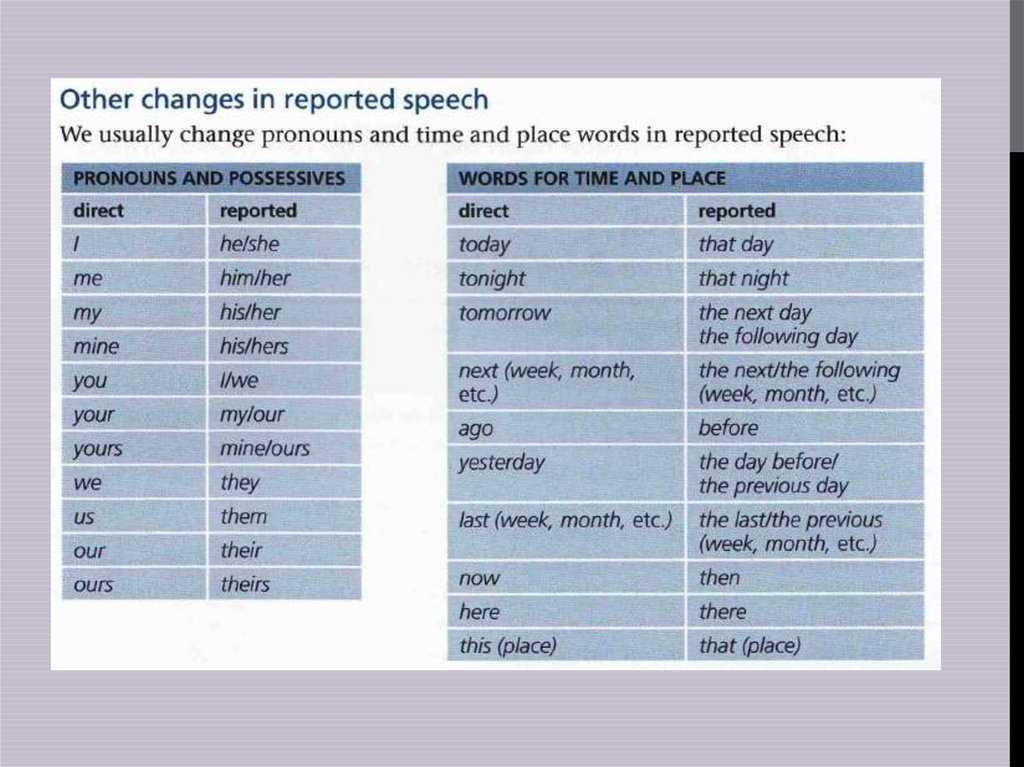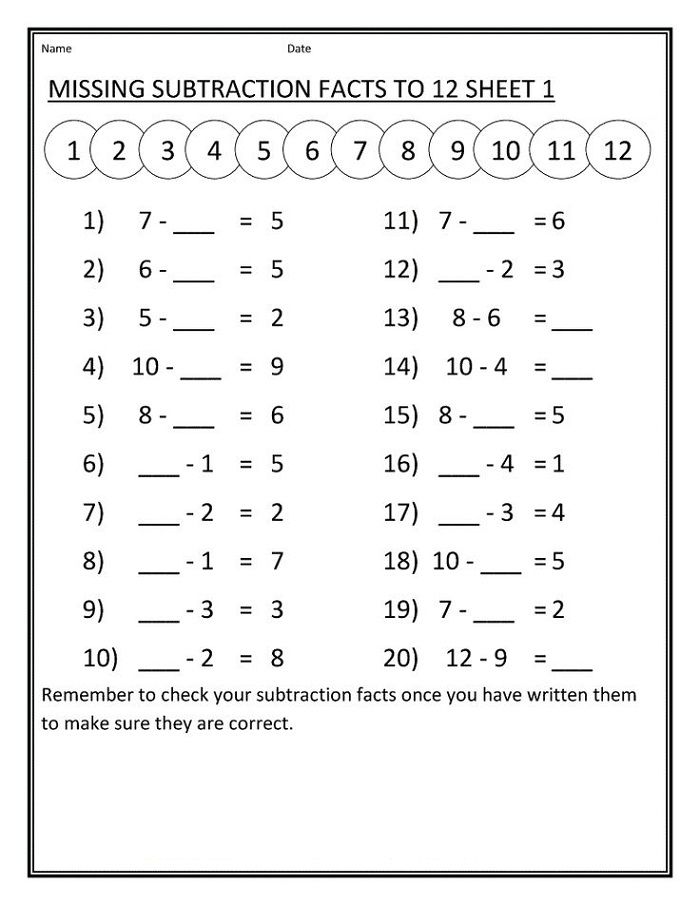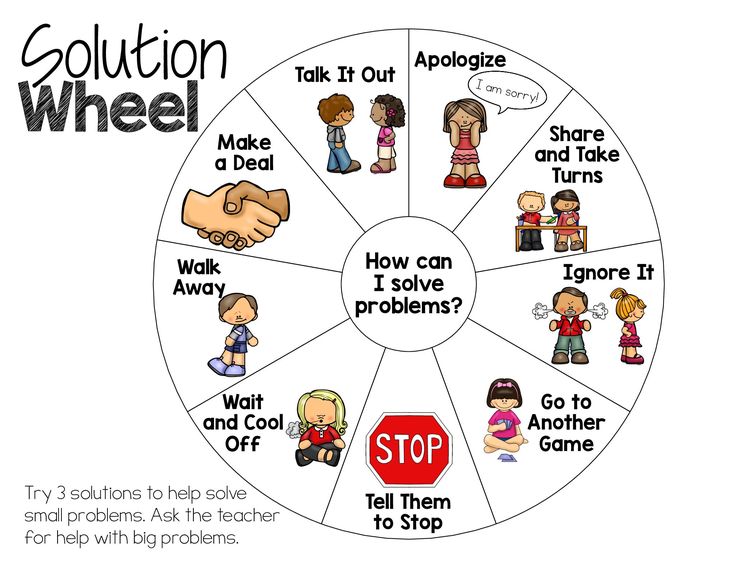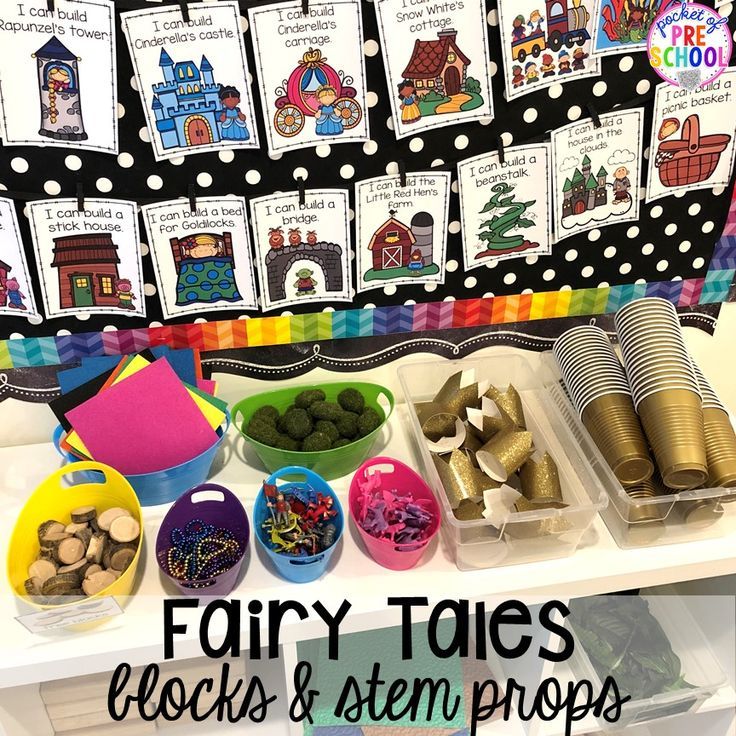Addition games for preschool
Addition Games for Kindergarteners Online
Throughout the formative years, a child explores and learns from his or her immediate surroundings. They compare and identify different quantities, objects, shapes, numbers, directions etc. The early childhood mathematical education lays a strong base for developing future mathematical aptitude. Everyday math learning setting is entirely based on a child’s everyday experiences and research based core curriculum and teaching practices. Science and mathematics education helps the child to make sense of the world around them.
In the formative years, a child develops effective skills through play and games. Online math games and puzzles are a great way to develop a foundation for math skills playfully and are in alignment with the core curriculum.
These math learning games and math activities for kids instruct them to identify different objects, count, and group the objects together and add up to find out the total amount.
Math Addition for Kindergarten
A preschooler or a kindergarten child is introduced to the number world. After preschool, a child can identify and count numbers easily.
Using Appropriate Math Aids
A kindergarten child begins to explore various tools, math aids and use them to investigate mathematical concepts. They learn everyday math by experimenting and using concrete materials such as dimensional solids, connecting cubes, ten frames, number balances and technological materials e.g., virtual manipulatives, interactive math games.
A kindergarten child learns to draw pictures, use drawing and diagrams, manipulate different objects to express math equation in putting together objects. Take, for example, Julian put 3 orange candies in a jar and her sister also put 2 strawberry candies in the same jar. How many candies are there in the jar?
A kindergarten child starts using mathematical language to understand how math symbols (+, =) are used to represent quantitative ideas in a written format.
In kindergarten math, a child learns to count from 0-20, try to understand the concepts revolving around the numbers such as putting the numbers together; for example, “If there are 5 ice cubes in a refrigerator, what would there be if we add one more? “ In order to know how many, the child keeps track of the counting.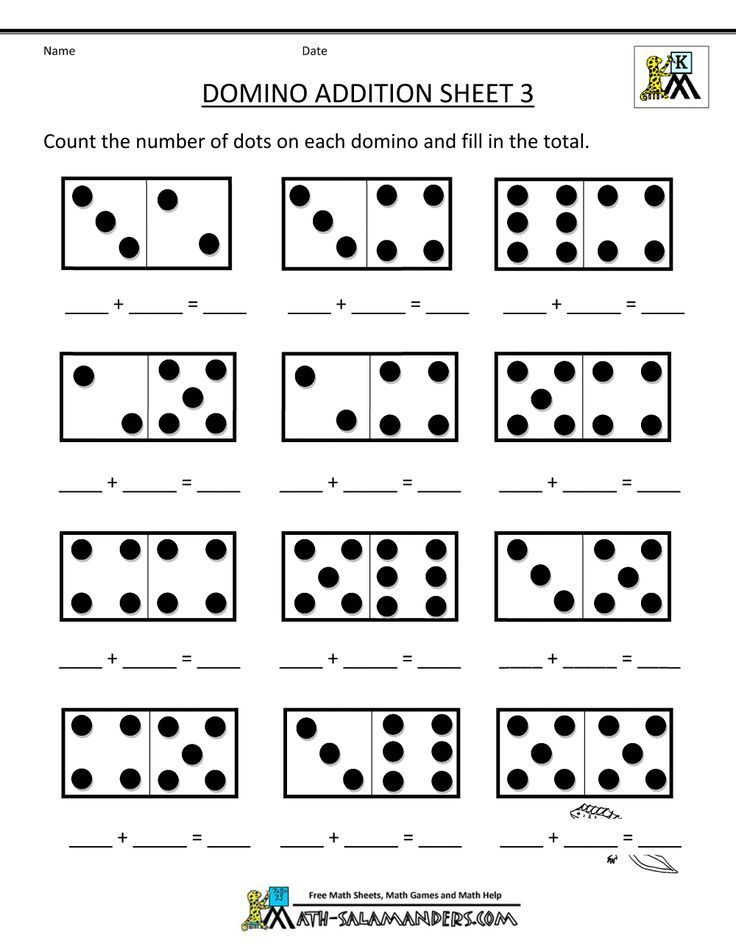
Through math education common core curriculum, a child understands addition as putting together and adding to, for numbers 0 – 10, Kindergarten students choose, combine, and apply strategies for answering quantitative questions.
At this stage, the child is still not familiar with the meaning of the math symbol “ equal to”, which will be introduced in 1st grade math education through math activities and interactive games.
At Kindergarten level math education, a child will be able to :
- Solve addition word problems, and add within 10, e.g., by using objects or drawings to represent the problem.
- Solve three types of addition problems within 10: Result Unknown/Add To; Total Unknown for different objects put together, and Addend Unknown.
- Use counting to solve addition problems with objects, fingers, and drawings.
- Fluently add within the number 5.
- Understand that a number (less than or equal to 10) can be decomposed into parts.
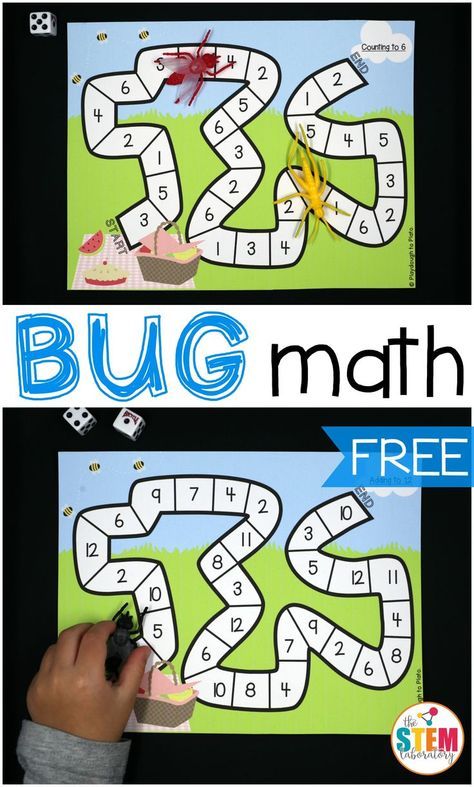
The LEGO Tower
The facilitator can use LEGO towers for simple addition problems.
For example, Ryan put 4 bananas in the fruit basket. His mother also put 4 oranges in the same basket. How many fruits are there in the fruit basket?
The child can make use of LEGO cubes to add the number of bananas and number of oranges.
Walking the number line: interactive learning game
One can make use of number line mat for putting things together and making a child understand the concept of addition in math.
For example, “ Sally has 1 blue balloon in her hand. She wanted more balloons of different colors. So Sally went to the balloon seller and bought one yellow colored balloon, one green colored balloon, and one red colored balloon. How many balloons does Sally have now?
Use the number line mat, to solve this simple math puzzle for kids.
Start from 1 ; as Sally already had one balloon.
Now move one step forward for the yellow balloon, another step for green and one last step for red.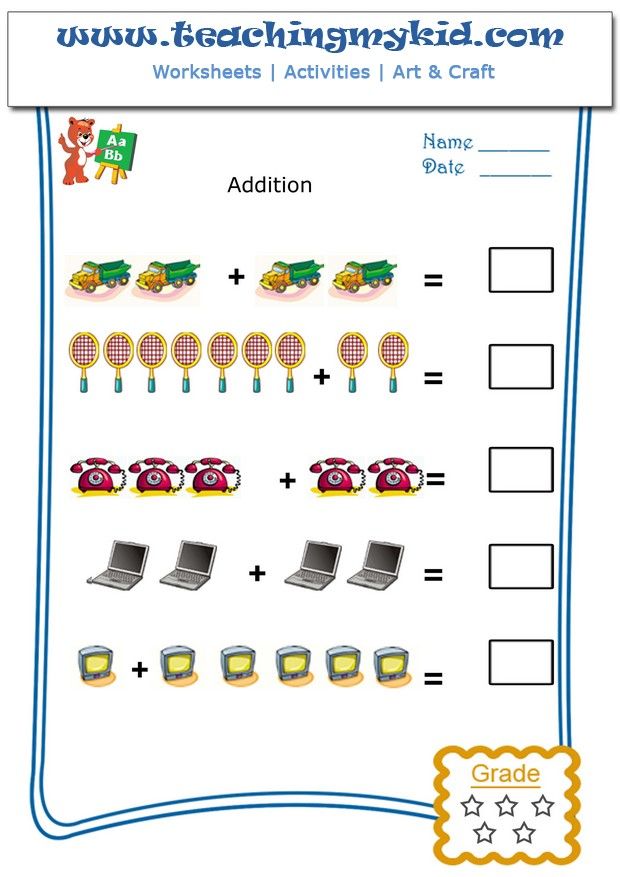
Where did you finish? 4.
Thus Sally now has 4 balloons in her hand.
Counting number and summing numbers together using: Math learning through mental math skill
A child already knows how to count using fingers. Now at this stage, the concept of counting is extended to the concept of summing. All these skills are in alignment with the facilitators and students following core curriculum.
Finger Addition: Learn Math the easy way
Add up 5: Kindergarten educational math game
A simple math play for the young brains.
- Look at the picture and the number equation the children are holding in the tube
- Use any of the math strategies for kindergarten: finger addition, sticks, blocks etc. and sum up the numbers.
- Now choose the answer from the sail boats given below.
- Click on the correct answer boat and it will start sailing.
Add an Apple: Kids learning games
This is a funbrain games where the kids add while they color.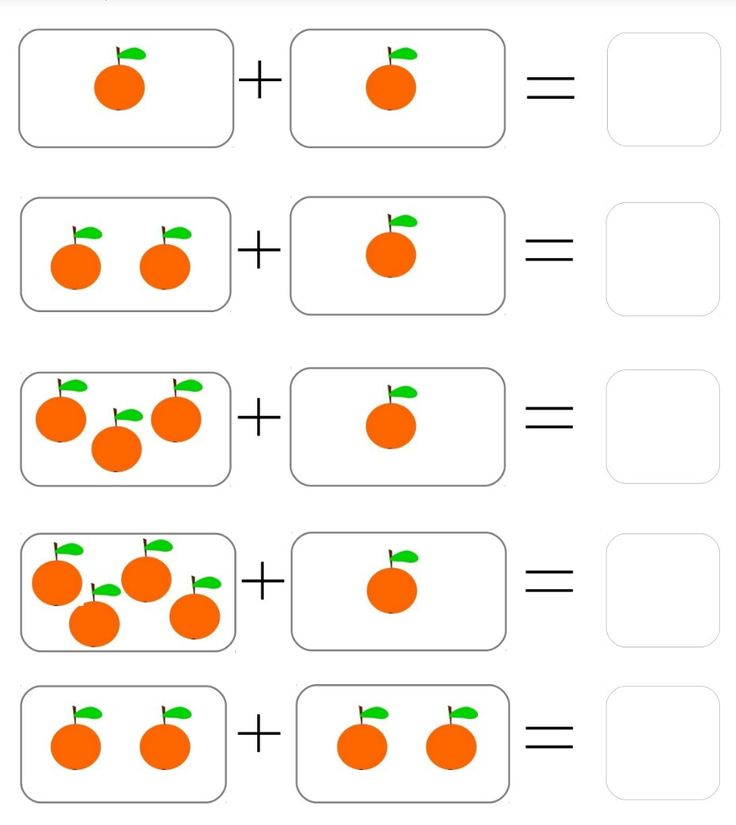 The math activity is simple to implement and is based on the core curriculum. All one needs is a print copy of this kids math worksheet and colors.
The math activity is simple to implement and is based on the core curriculum. All one needs is a print copy of this kids math worksheet and colors.
- Ask the child to count the number of red, green and golden apples on tree one first. Then tell them to draw out these many apples on the empty and colorless tree.
- Next, ask them to count the number of apples on the second apple tree. Tell them to draw these again on the third tree.
- Once the required assignment is done, count the number of apples drawn on the third apple tree. This is the sum of all the apples on both the trees.
Addition up to 10: Fun Math Activity for kindergarten
- Cut and paste the missing pictures from the one given below.
- Add the number of animals in both the pictures and draw an equal number of lines in the third box.
- How many are they?
Color the Missing Addend: Math is fun
A great educational game for children following core curriculum.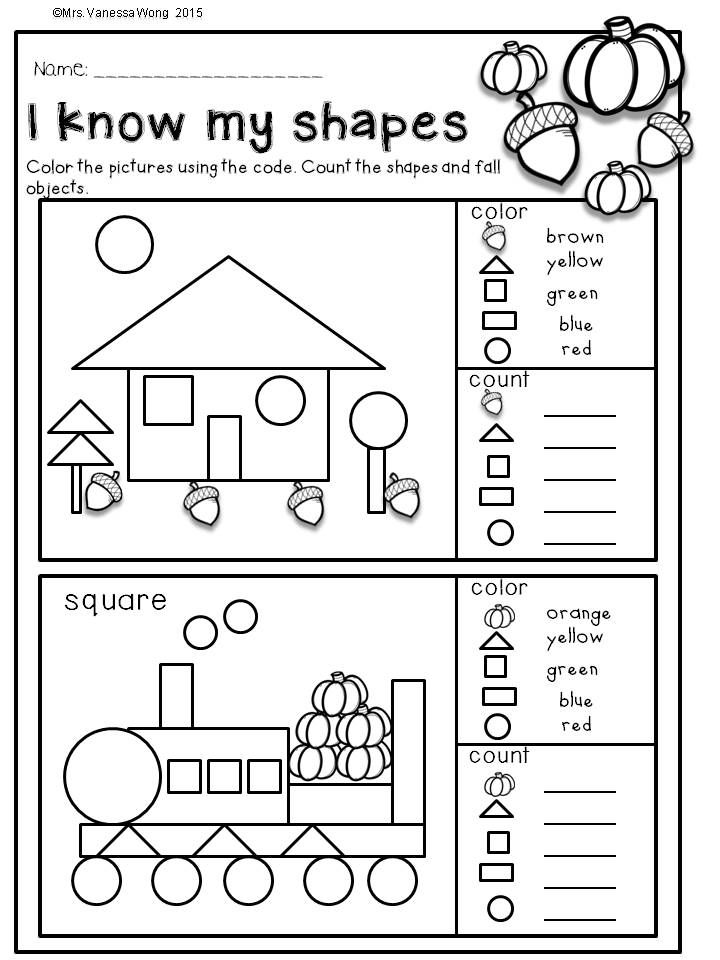 It is not all study not play at SplashLearn; it is learning math while playing. free games for 5-year-olds
It is not all study not play at SplashLearn; it is learning math while playing. free games for 5-year-olds
In this simple addition activity, the addend is missing.
- Ask the child to count the number given in the box with fingers.
- Now look at the first bunch of flowers, it is all colored.
- Ask the child to count the colored flowers in the first bunch. While doing so, simultaneously fold one finger for one colored flower.
- The number of fingers left unfolded is the missing addend.
- Color these many number of flowers in the second bunch.
Chu-Chu addition train: Step by step math
An interesting preschool game for 4-5 years old based on mental math strategies.
- In this game, a chu-chu train passes in front of the kid slowly so that there is sufficient time to count and add.
- Look at the chu chu train carrying the animals.
- How many animals are there in each train?
- The kids count the number of animals in each train and try to add them using fingers.
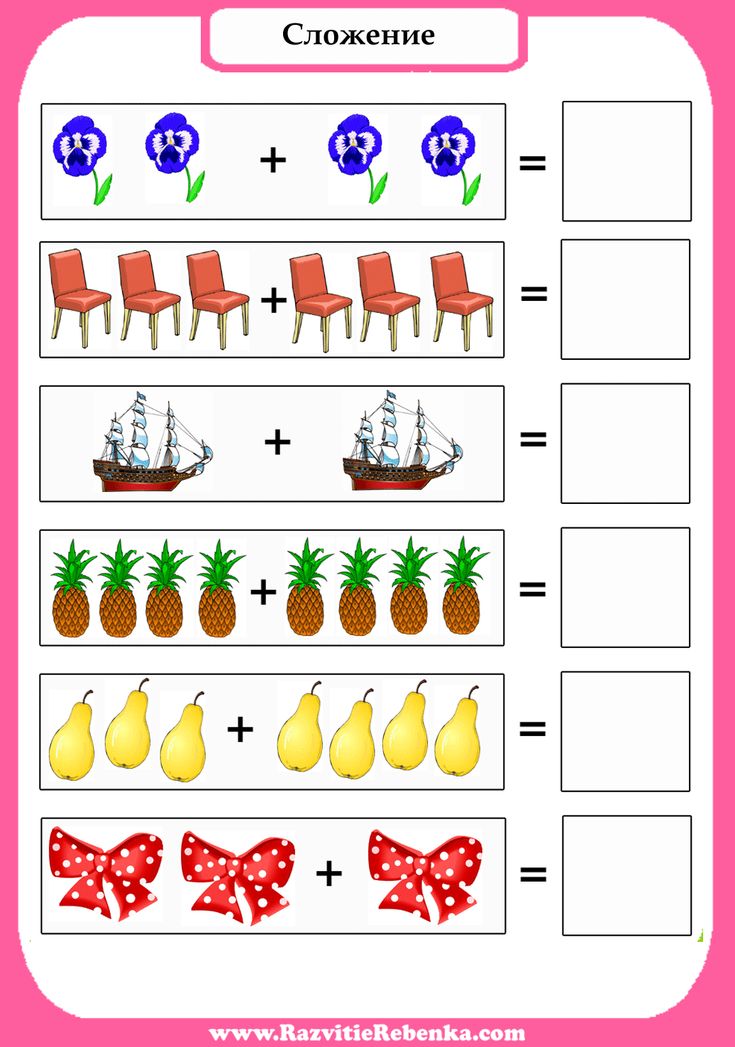
- At the end of the train, there are flags swinging in the air that carry the correct answer.
- Click on the correct answer.
Animal Summed Up !!: Addition word problems
In kindergarten, the child does not understand the meaning of the math symbol ‘ equal to’. A child adds numbers together using word problems.
- In this educational math game for kids, we define addition problem through words.
- A picture of two group of animals appears on the screen and the addition word problem is defined using Voice Over.
- The child can add using any of the math aid.
- The answer floats after a sometime in bubbles across the screen.
- Click the bubble carrying the correct answer. On doing so the bubble will blast and next set of math problem will appear on the screen.
Tens and Ones
To help count and add big numbers, one can group the numbers in tens and ones.
This way a kindergarten child will learn that 0-20 numbers can be broken into parts.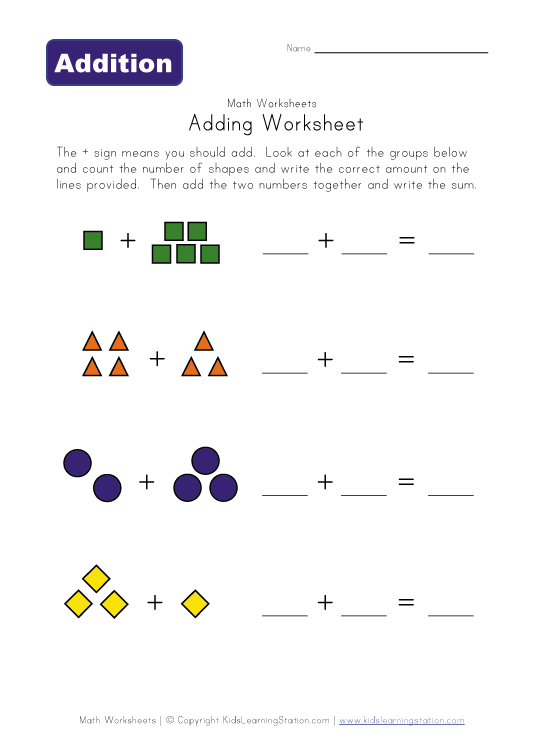
For example ( defining addition problem),
Maggie goes to buy two trays of eggs with her mother. She wants to know how many eggs need to be added to a single tray to make 14 eggs.
Thus in this addition problem, the addend is missing.
Maggie has already developed math skill of counting numbers. She knows that there are 10 eggs in one tray.
Perform the simple math activity to find out more about addition beyond number 10.
The Christmas Mitten: Simple addition Math interactive Game
In this interactive game for kids, the child will recognize the addition with different symbols and patterns. Whole math worksheet/ activity appears on the screen with different symbols aligned at the bottom. After adding the numbers, the similar symbols of that many numbers are placed onto the third mitten.
SplashLearn for Kindergarten
The major goals of these fun games for kids are to stimulate child’s mathematics task motivation, build up self-concept by involving them in solving simple everyday math problems that apply to real life.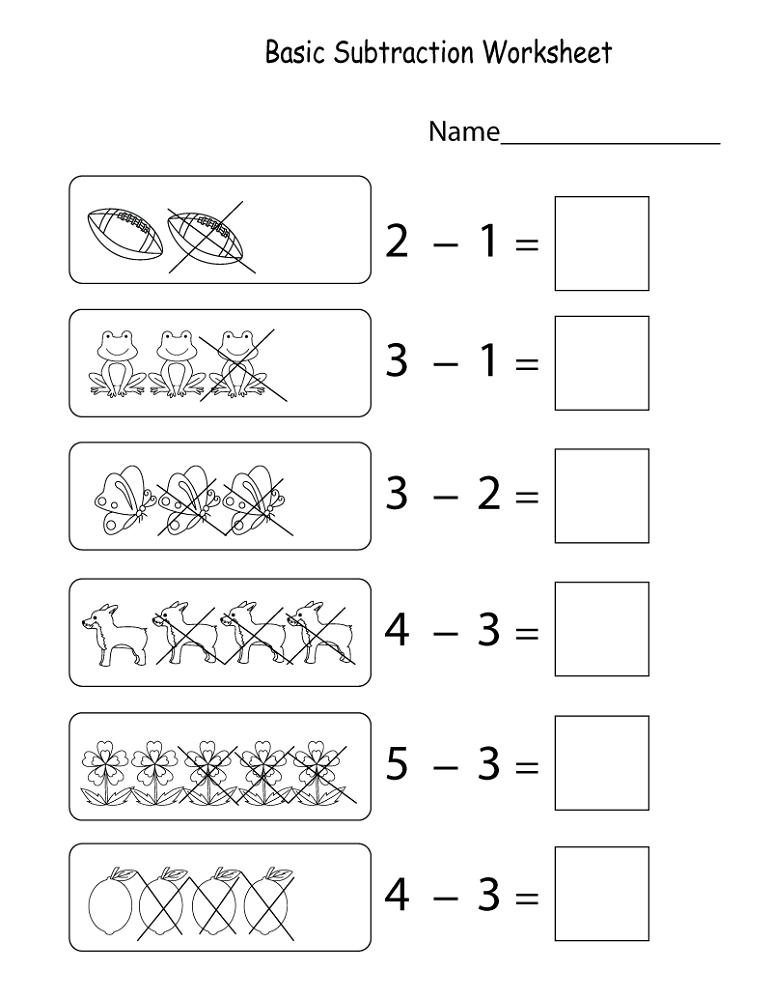 This also facilitates their growth from one level to another level of education. online math problem solvers and learning games are a great way to develop a foundation for math skills playfully and are in alignment with the core curriculum.
This also facilitates their growth from one level to another level of education. online math problem solvers and learning games are a great way to develop a foundation for math skills playfully and are in alignment with the core curriculum.
Addition Games for Preschoolers Online
Addition tests kids' knowledge about counting numbers and objects and measurement. Addition is a foundational block of mathematics that kids must master early in their lives. Interactive educational games on SplashLearn can enhance their knowledge about addition. They can help them prepare better for concepts like composing and decomposing numbers and addition word problems. Scroll down to know more.
IntroductionAddition, along with subtraction, is the root of all mathematical operations. Addition and subtraction come after kids develop number sense. As a fact, addition is often more challenging than subtraction for the little ones.
In addition, kids add two or more numbers to find the result.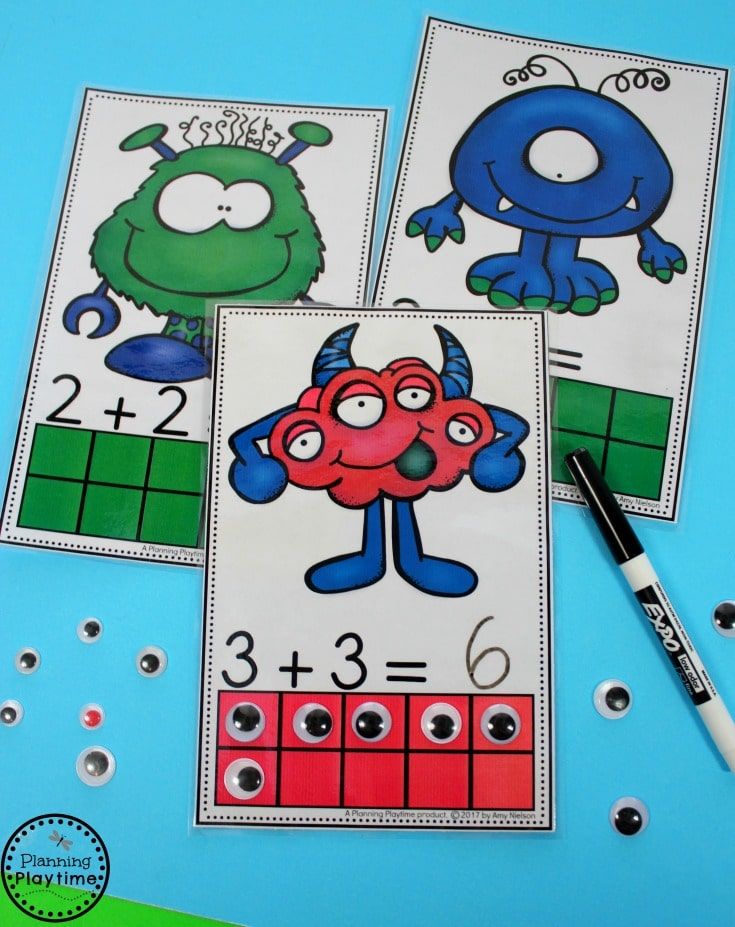 However, adding two or more similar or different numbers is as tricky as recognizing the numbers for the tiny tots. Here is where educational and interactive games on SplashLearn come into the picture. They are fun and exciting, and kids love spending hours on these games.
However, adding two or more similar or different numbers is as tricky as recognizing the numbers for the tiny tots. Here is where educational and interactive games on SplashLearn come into the picture. They are fun and exciting, and kids love spending hours on these games.
The following sections discuss some great strategies to teach addition with addition games for Preschool-Grade kids.
Fantastic Strategies to Motivate Your Kids to Learn AdditionHere are the five best games to let kids understand the role of addition in their lives and practice by themselves:
- Model to Add Numbers - In this spooky (pun intended) yet fun game, kids get a chance to light up the dark cave by adding numbers sequentially. This game makes them instantly understand the concept of addition since their performance is linked to the objective of lighting up the cave.
- Count On to Add within 10 - Kids meet the incredibly beautiful comic character Hoppy in this interactive game, who needs their help while collecting attractive flowers and fruits.
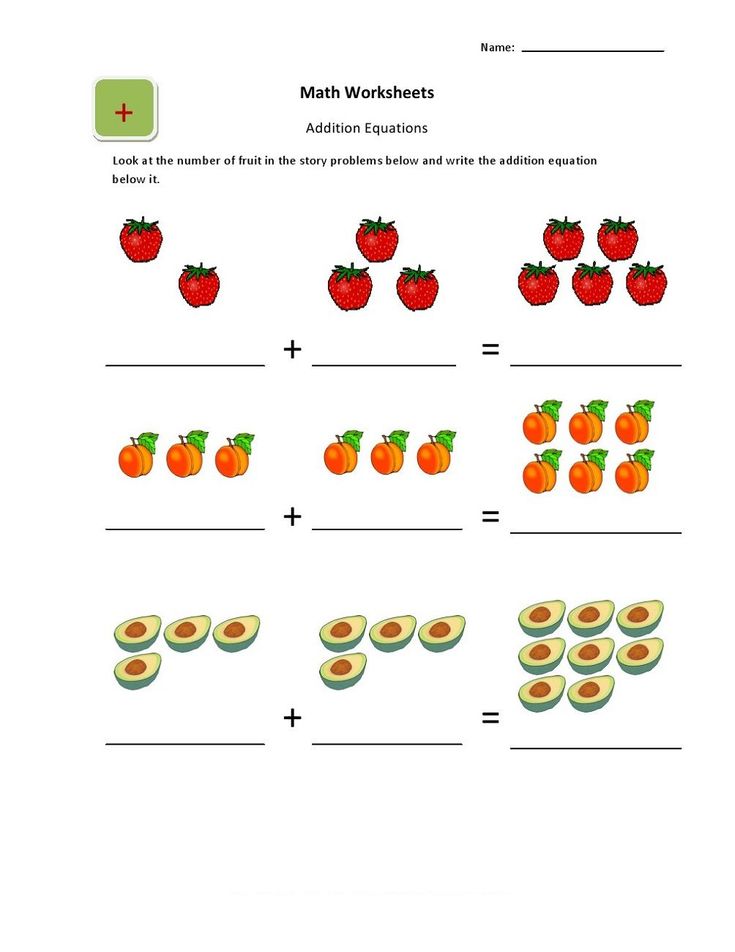 This game gives them a favorable breeding ground to test their newly learned skill of recognizing and adding numbers.
This game gives them a favorable breeding ground to test their newly learned skill of recognizing and adding numbers. - Find One or Two More - It is easy for kids to misunderstand the concepts of addition. This is the best game to minimize that confusion. They practice counting using objects here, which motivates them to put their knowledge of addition to use and discover the total. They primarily use the 'count all to add' technique to conclude.
Preschool-Grade kids are smart enough to understand numbers, objects, and counting. However, when it is about adding the objects or numbers, they may fail. Remembering numbers and applying those in real-life situations might not be easy for kids. Hence, as a parent, you need to play an active role in bringing their focus back on the task.
How Can Parents Contribute?Your child will most likely admire your efforts to keep them engaged with curriculum-aligned and interactive games on SplashLearn. However, your task is clearly something more than switching on the digital device. You need to appreciate your child's efforts in finding the correct totals.
However, your task is clearly something more than switching on the digital device. You need to appreciate your child's efforts in finding the correct totals.
To make it seamless, you may teach them addition with real-life objects like chairs, pens, chocolates, marbles, etc. Also, ensure that the things they see are colorful enough to draw their attention.
ConclusionAddition Games for Preschoolers is often the best way to hook your kids for learning addition. Complement it with SplashLearn's educational resources on addition to make the learning process more result-oriented.
Try SplashLearn for Free
Educational games for children aged 5-6 with parents at home
Games for preschool children are not just fun, but a necessity. Through the game, the child develops, the formation of his personality takes place. The game helps to master the rules, broaden your horizons, develop perseverance, train mindfulness. These qualities are necessary for an older preschool child, especially before entering school.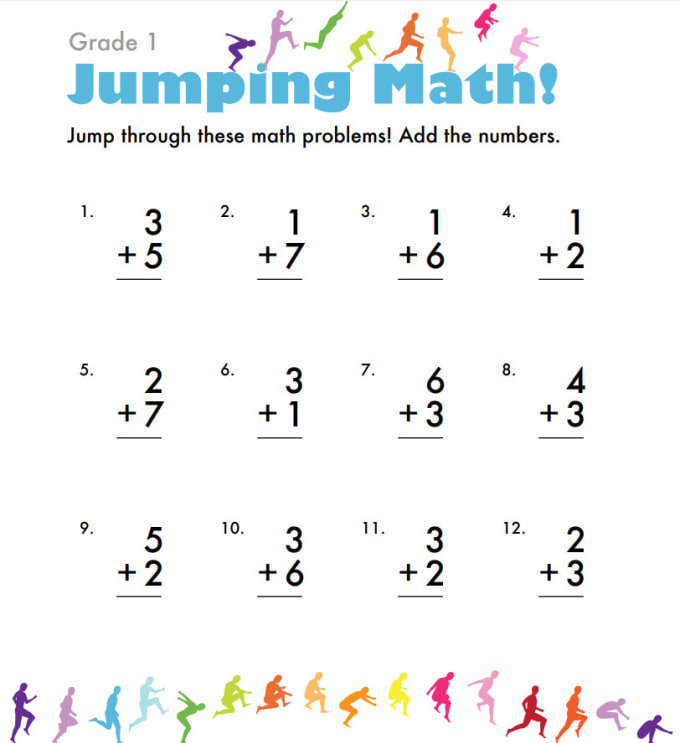
Any activity with a child must be age appropriate. In this article, we will consider which games are most suitable for children 5-6 years old, and we will understand their classification.
Article content:
- Outdoor games
- Board games
- Educational games
- Educational games
- Advice for parents
- Output
Outdoor games
Outdoor games for children are useful because they develop reaction, dexterity, endurance, coordination of movements, add extreme sports. For preschoolers 5-6 years old, an outdoor game lasts 20-25 minutes. This type of play allows children to throw out the energy that accumulates during the day.
In kindergartens, after an active daytime walk, children have no problems going to bed during the waking hours. This practice can be used at home when you want to put your baby to bed.
- Giant Lilliputians.
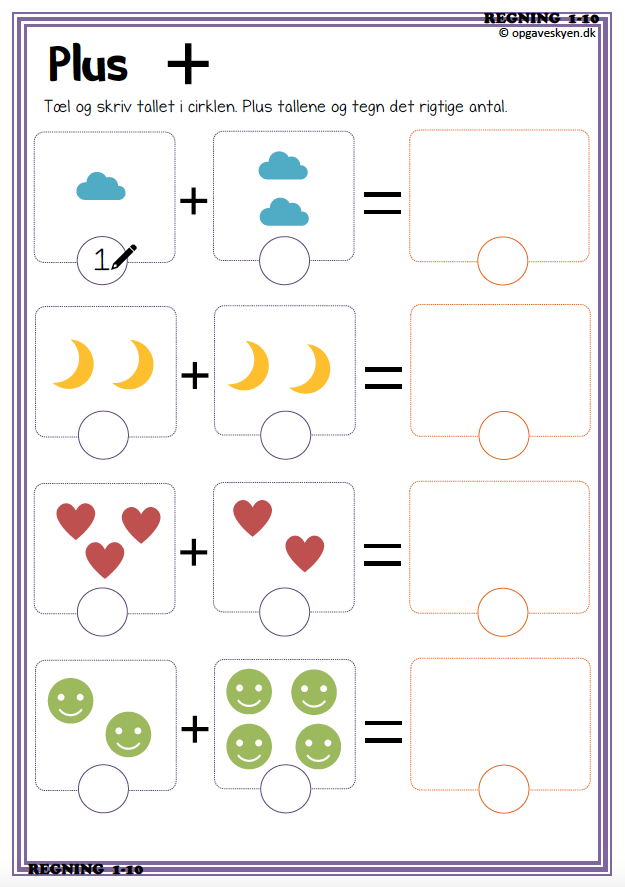 When an adult says "Lilliputians", the children squat as low as possible to the ground. Hearing the word "giants", they rise up on their toes and pull their hands high up. Make the task more difficult and intentionally confuse the child by naming the word and showing the wrong movement. Playing at a fast pace will encourage the baby to be more attentive and focused, as well as strengthen leg muscles.
When an adult says "Lilliputians", the children squat as low as possible to the ground. Hearing the word "giants", they rise up on their toes and pull their hands high up. Make the task more difficult and intentionally confuse the child by naming the word and showing the wrong movement. Playing at a fast pace will encourage the baby to be more attentive and focused, as well as strengthen leg muscles. - "Do the opposite." For six year olds, this game will be a real challenge to train their attention. An adult shows the movements, and the child must come up with a version in reverse. If the leader jumped, the participant of the game sits down. If the facilitator stretched his hands forward, the participant hides them, and so on.
- Dance Marathon. Host a dance marathon for the whole family. To do this, you need a good mood, incendiary music and at least 2 participants. To diversify the game, the adult stops the music, and the children freeze in the position in which they remain.
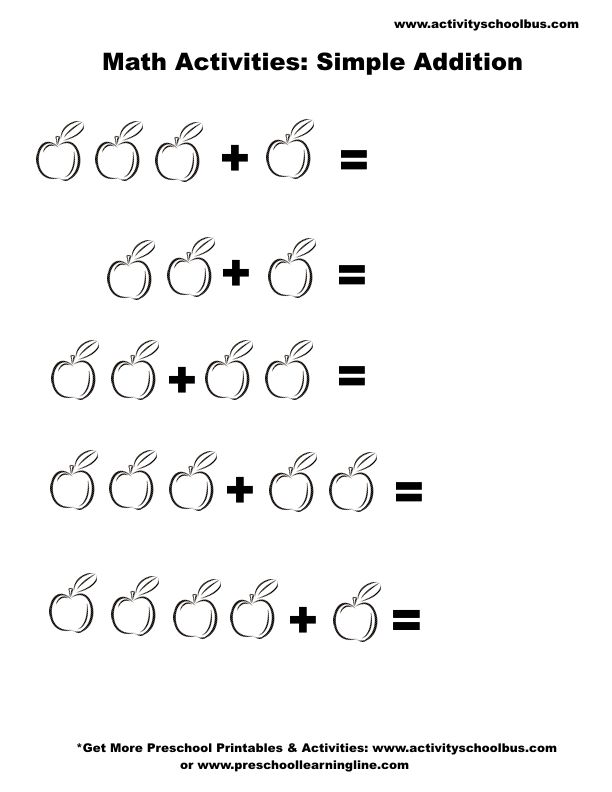 Music games improve mood, relieve fatigue and strengthen the relationship between parent and child.
Music games improve mood, relieve fatigue and strengthen the relationship between parent and child.
Board games
For children aged 5-6, board games are an exciting activity. This type of game teaches the child to act according to the rules, to wait for his turn, to be able to negotiate. The desktops always have some paraphernalia that you can touch: cubes, puzzles, figures. Tactile contact with them develops not only curiosity, but also fine motor skills of the child.
There are board games that are more suitable for girls, for example with the heroines of fairy tales. It is also important to select desktops for boys taking into account their interests.
- Jenga. A popular game that develops fine motor skills. Suitable for adults and children. It is a set of wooden blocks. The game begins with the construction of a tower of 3 bars, 3 more bars are placed on top, but in a different direction, and so on with the whole set.
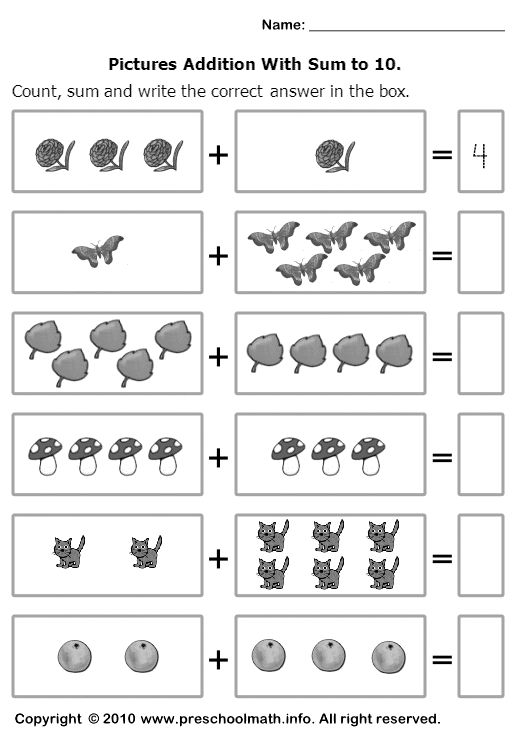 When the tower is built, the participants take out a block with one hand so that nothing collapses. The elongated block is placed on top of the tower. The one whose turn the tower collapses loses.
When the tower is built, the participants take out a block with one hand so that nothing collapses. The elongated block is placed on top of the tower. The one whose turn the tower collapses loses. - Monopoly. The game exists in various variations. Choose a children's monopoly for children from 5 years old. The number of participants is from 2 to 4 people. The main benefit of a monopoly is that it allows you to master the skills of the economy. All players pass the playing field in turn. The roll of the die determines how many steps the contestant must take. The winner is the one who achieves the bankruptcy of other players and becomes a monopolist.
Educational games
Adults should pay special attention to educational games. The child chooses those games that respond to him. Therefore, the parent manages the activities of his child, offers options for games that help develop.
Consider 2 variants of educational games for children.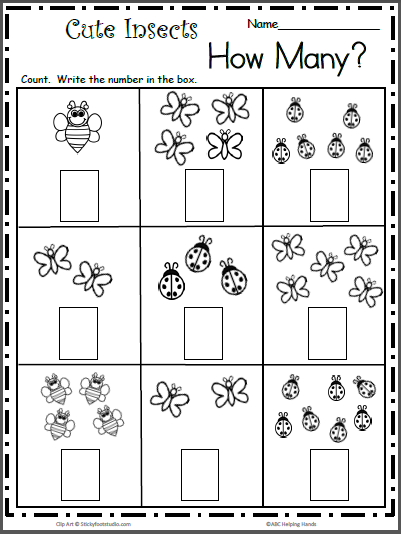
For the development of intelligence
Logic games combine 2 important functions - entertainment and development. A child who often plays such games is distinguished by lively thinking, a broad outlook, curiosity and sociality.
Examples of mind games:
- Quizzes for which you need to compose questions and prepare prizes for correct answers. For a 5-year-old child, select questions on the topics of fairy tales (“Who left his grandmother and left his grandfather?”), Nature (“When the sun sets, is that called ...?”), Seasons (“What season comes after spring?” ). Ask children 6 years old to answer questions on the following topics: days of the week (“What day of the week follows Thursday?”), household items (“What device helps to count numbers?”), social world (“What do they call people who have a wedding?” ).
- Solving puzzles is a good way for the logical development of children 5-6 years old. It is necessary to teach the child to guess the encrypted word, starting from simple options.
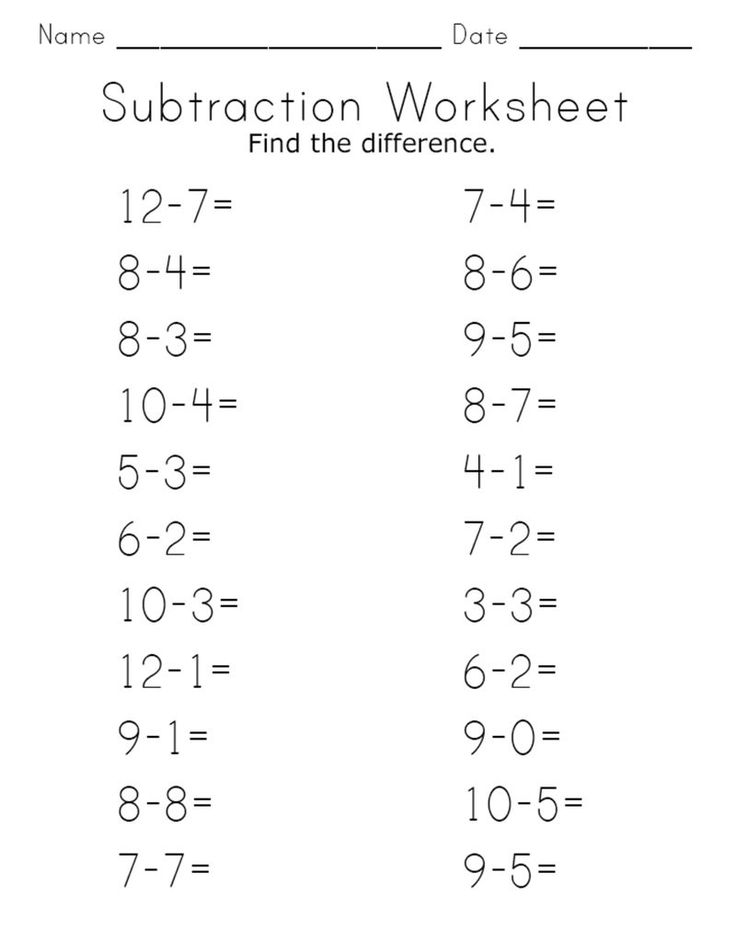 As soon as the baby learns the basics, complicate the puzzles, along the way explaining the new rules.
As soon as the baby learns the basics, complicate the puzzles, along the way explaining the new rules.
For the development of speech
Word games with children are very easy to organize at home. Clear and expressive speech, the ability to express one's thoughts will help the child quickly adapt to new conditions at school. Why it is so important to pay attention to the development of speech, read the article "How to teach a child to speak: ways, games and exercises."
Examples of what to play with a child to develop speech:
- “Choose a rhyme”. The adult calls the word, and the child comes up with rhymes. Write down all the rhymes and compose a poem with your child. The game allows you to replenish vocabulary and develops literary creativity.
- "Pick a word." The leader throws the ball and calls any part of speech (noun, verb). Participants choose the word that makes sense. For example, "ball" - "jumps", "beautiful" - "doll".

- "Choose an antonym." The facilitator calls the word and invites the participants to pick up the word in reverse, explaining that such words are called antonyms. The game expands vocabulary and reinforces the concepts of the Russian language.
Educational games
Educational games for children develop mental processes: memory, thinking, imagination. The purpose of the cognitive game is to teach the child the knowledge, skills, actions necessary for further development.
For learning to read and write
Learning to read and write begins with your child's introduction to letters and sounds. When a preschooler learns to hear individual sounds in a word, then he will be able to write. You can develop this skill with the help of games:
- “Name the words starting with the letter…”: the adult calls the letter, and the child selects as many words as possible that begin with this letter. At the initial stage, use pictures with images of words to help.

- "Find the letter": an adult shows pictures with images of letters in different fonts and sizes. The child must find the letter that was asked. With the help of visual memory, a preschooler will remember what the letters look like and will be able to write them on their own.
Math learning
Math games help children ages 5-6 get ready for school. Introduction to mathematics begins with learning numbers, counting, and then calculations. It will be easier for a child to master mathematical representations if you pick up entertaining games.
- "Geometric figures". The game with a 5-year-old child is aimed at developing knowledge of geometric shapes that can be cut out of cardboard. The adult calls the figure, and the child chooses it among the other figures. At the end of the game, build a house or any other figure together.
- "Tell me, what number is missing?". A game for children who can consistently count up to 20.
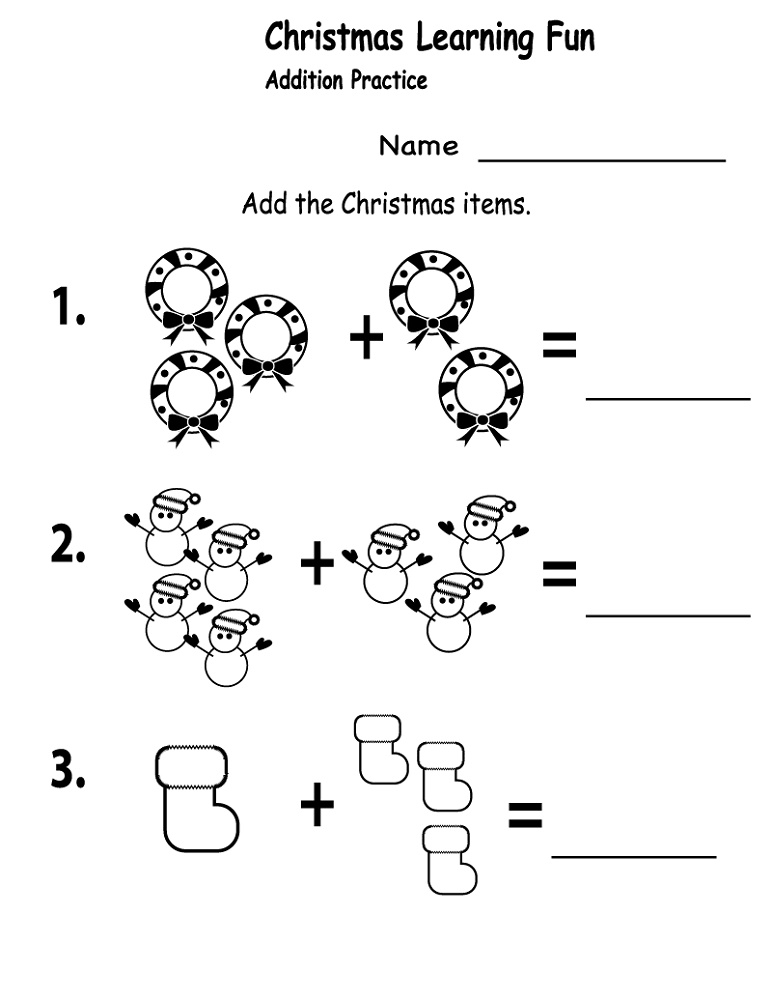 You must fill in the missing numbers that come before, between or after the given number.
You must fill in the missing numbers that come before, between or after the given number.
To teach retelling
The ability to retell texts must be trained from preschool age. Do this while doing household chores. Let the child tell what happened in their favorite cartoon or book. To diversify children's activities, use games for five-year-olds and six-year-olds.
- Theater at Home. Choose a story that your child likes. Assign roles and arrange a theatrical performance. Children really like to try on the roles of their favorite characters, so remembering the script will not be difficult. Such an activity will teach the child not only to memorize and retell the text, but also to make the speech expressive.
- "Letter from a forest dweller". For five year olds, playing with an imaginary animal will be a fun way to imagine how this or that character feels. Prepare a set of pictures with a story, for example, how one day in the life of a hare goes.
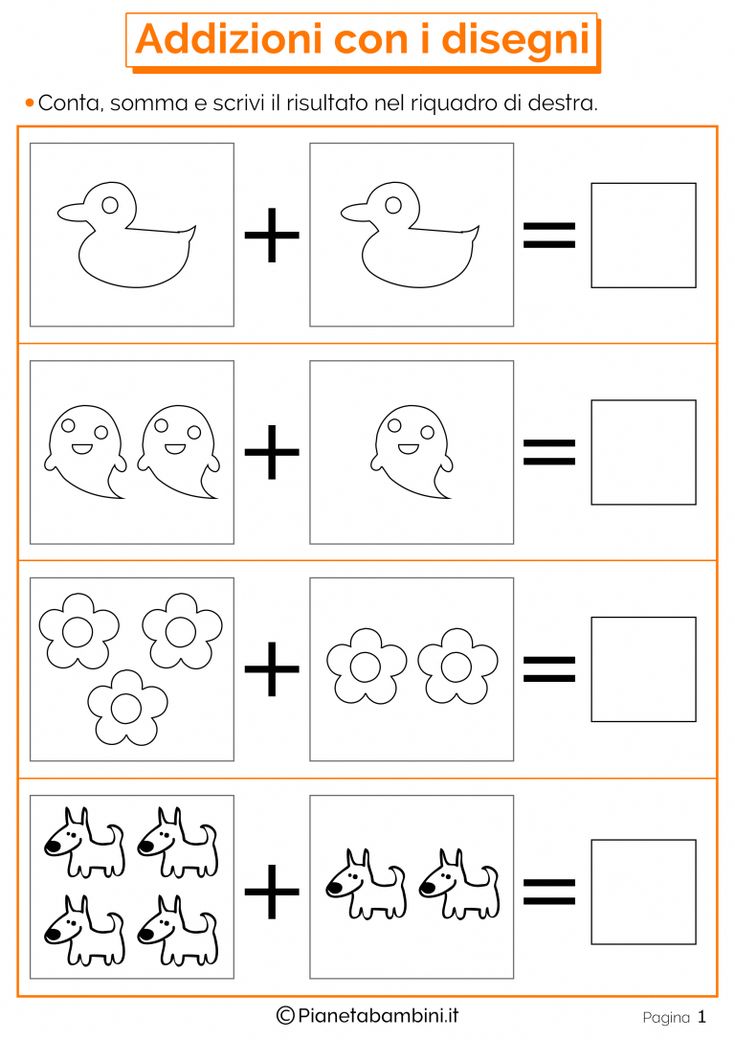 Invite your child to make up a story from the pictures or complete their own version.
Invite your child to make up a story from the pictures or complete their own version.
Tips for parents
- Discuss the rules before you start playing games.
- To avoid injury during outdoor play, instruct and inspect the play area for safety.
- Games with children 5-6 years old form behavior patterns, so choose useful options.
- Use every opportunity for the development of the child: at home, on a walk, in developing circles.
- Sincerely rejoice in the victories of the baby and do not focus on failures. Parental support is important for a child's development.
Read also: what a child should know and be able to do at 5 and 6 years old.
Conclusion
Playing with a child at home is a great pastime for adults and children. Unfortunately, there is not always time and opportunity to pay enough attention to this.
Children's clubs and kindergartens "Baby Club" offer parents general developmental and additional programs for children from 8 months to 7 years. Classes are held in a playful way, suitable for the age of the child. The developing environment of the groups is built on the principles of accessibility, safety, saturation with learning tools.
If you want your baby to develop in a free atmosphere, joy and care, choose our club or kindergarten in your city.
23 best didactic games for young children 2-3 years old
Didactic games for children 2-3 years old
Game 1. "Walking in the dark"
Purpose: to develop visual sensations, form an idea of darkness.
Game progress: This activity is best done in the winter, when the day is short.
When it gets dark, invite the children to take a walk (around the room, on the playground): “Let's take a walk in the dark! It's not scary." Let the little ones join hands and begin their journey. Once the children's eyes have adjusted to the darkness, ask them to tell what they see.
At the end of the game, invite the little ones to talk about when and where it is dark (light).
ATTENTION! SIGN UP FOR COURSES! SET IS GOING!More details on the page: https://academy.multi-mama.ru/product/multi-offer/
***
Game 2. Day and Night
Purpose: to develop visual sensations, to form ideas about light and darkness.
Game progress: This activity is best done in the winter, when the day is short.
When it gets dark, invite the children to play: “Let's play the game Day and Night. When I turn on the light and it becomes light in the room, the day will come. During this time you will walk, play, dance.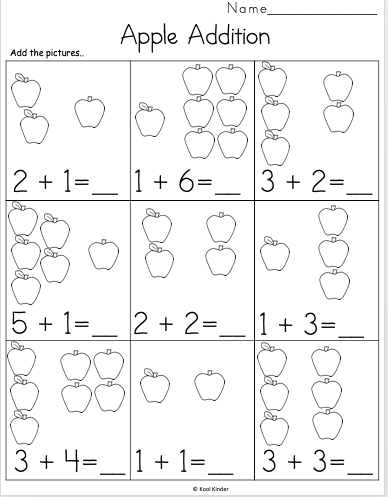 And when I turn off the light and it gets dark, night will come. Then you lie down on the carpet and sleep."
And when I turn off the light and it gets dark, night will come. Then you lie down on the carpet and sleep."
This game can be played several times until the children lose interest in it.
***
Game 3. "Sunny Bunny"
Purpose: to develop visual sensations, to form ideas about light and darkness.
Materials: mirror.
Game progress: Having chosen the moment when the sun looks through the window, catch a ray of sunshine with a mirror and draw the attention of the kids to how the sunbeam jumps on the wall, ceiling, chairs, etc. Then invite the children to touch the spot of light - catch a sunbeam. At the same time, move the beam at first smoothly, then faster.
Play in a safe place so that children do not bump into furniture or other objects.
If the kids liked the game, offer one of the children the role of a leader, and together with the guys catch a sunny bunny.
***
Game 4. "Flashlight"
Purpose: to develop visual sensations, to form ideas about light and darkness.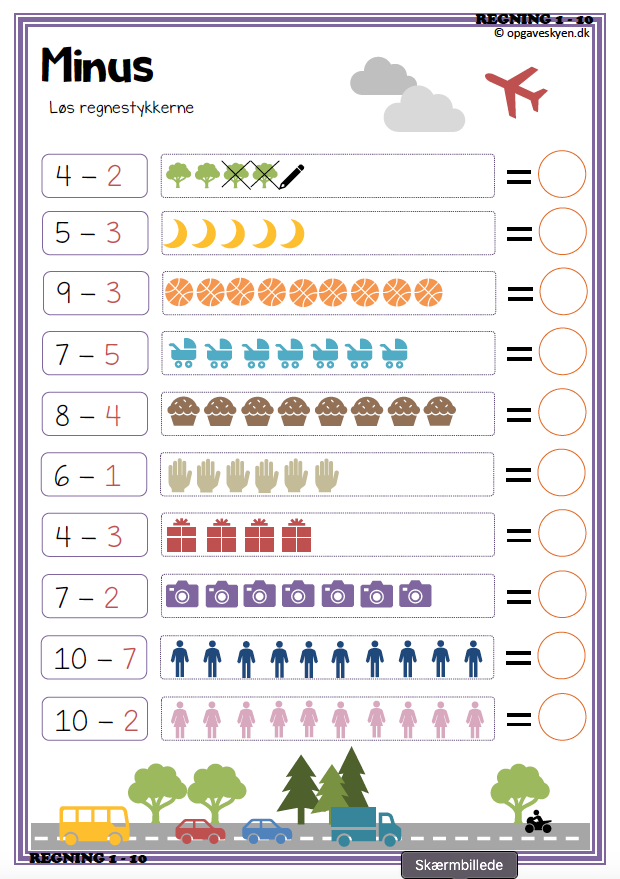
Materials: electric flashlight.
Game progress: when it gets dark, walk around with the children in a dark room, illuminating it with a beam of a flashlight. When traveling in a dark room, look into dark corners, examine the surrounding objects. Then pass the flashlight to the child, let him now lead the rest of the kids.
***
Game 5. "Candle"See also:
Outdoor game Menilovka
Outdoor game "Vorizhushki and Car"
Outdoor game "Bear and bees"
Purpose: to develop visual sensations, to form ideas about light and darkness, twilight.
Materials: candle.
Game progress: when it gets dark, light a long candle on the table and light it. Have the children watch it burn. You can walk with a lit candle around the group, illuminating the path. Draw the attention of the children to the fact that the candle has become lighter. Then invite everyone together or in turn to blow out the candle.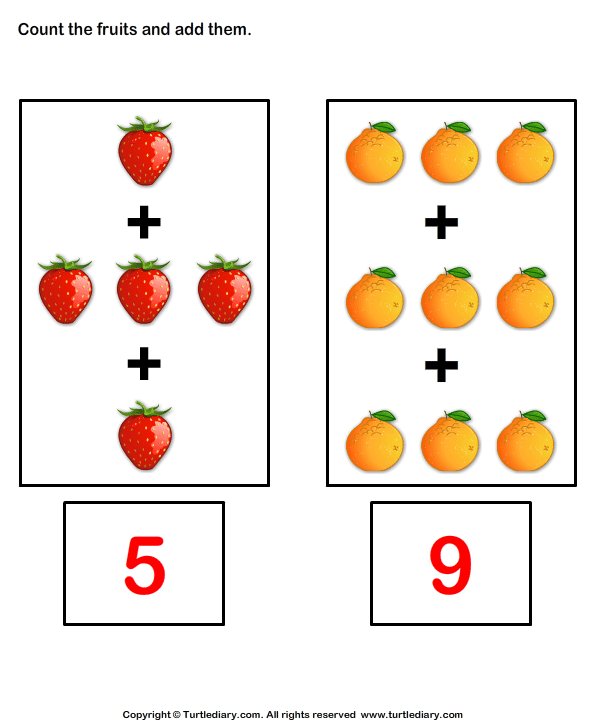 Turn on the electric lights and point out to the children that the light bulb is brighter than the light from the candle.
Turn on the electric lights and point out to the children that the light bulb is brighter than the light from the candle.
The game can be repeated several times.
***
Game 6. "Colored water"
Purpose: to introduce children to color.
Materials: watercolors, brushes, plastic cups, water.
Game progress: glasses filled with water are arranged in a row on the table. Dip the brush in the paint of one of the primary colors and dilute it in a glass of water. When commenting on your actions, try to get the attention of children. Dilute the rest of the colors in the same way. Invite the children to choose their favorite paint, take a brush. Let them try to dilute the paint in water. If they want to continue the game, you can change the water and offer to dilute another paint.
In the next lessons, you can give children several glasses of water, offer to mix several paints in one glass in order to get a new color. Make solutions of different consistency to see different shades of the same paint.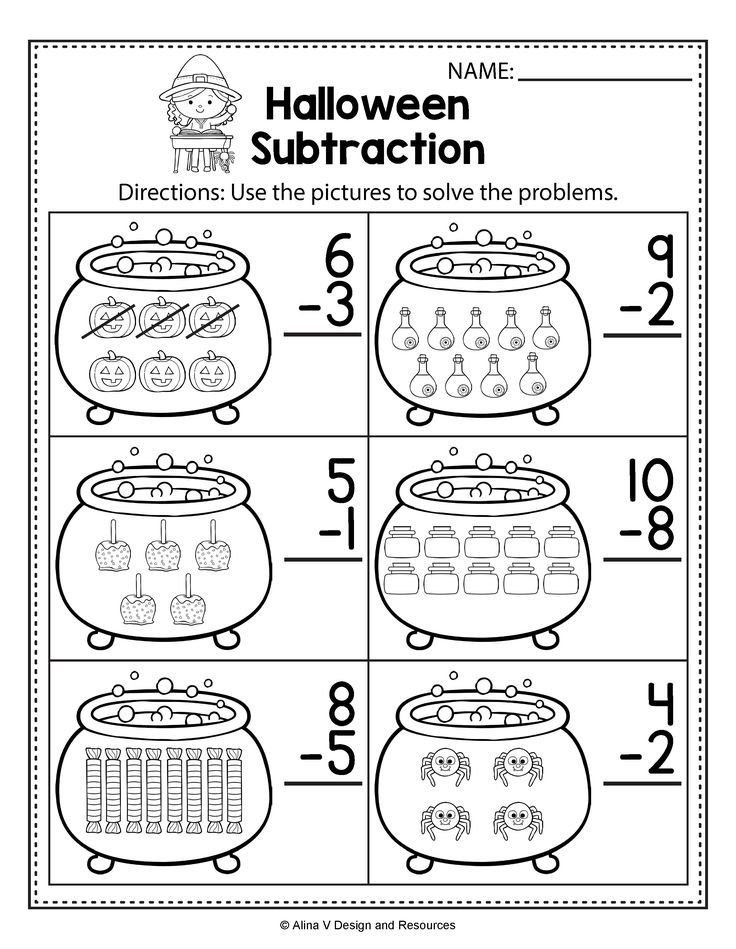
***
Game 7. "Colored Cubes"
Purpose: to learn to compare colors according to the principle "like this - not like this", to select pairs of objects of the same color.
Materials: pairs of colored cubes (red, yellow, green, blue).
Game progress: Place the cubes on the carpet. Then take one cube and show it to the children: “Here is the cube I chose. Let's find the same cube. Take a cube of a contrasting color and attach it to the chosen cube. And so on until the cubes match. Comment on your actions: “Like this? No, not like that. And this one isn't like that either. Here is this one. Same cubes. Next time, increase the number of blocks in each color and have the children find all the blocks in that color. Over time, you can introduce additional colors, such as orange.
***
Game 8. "Colored couples"
Objectives: to learn to compare colors according to the principle "like this - not like that", to select pairs of objects of the same color.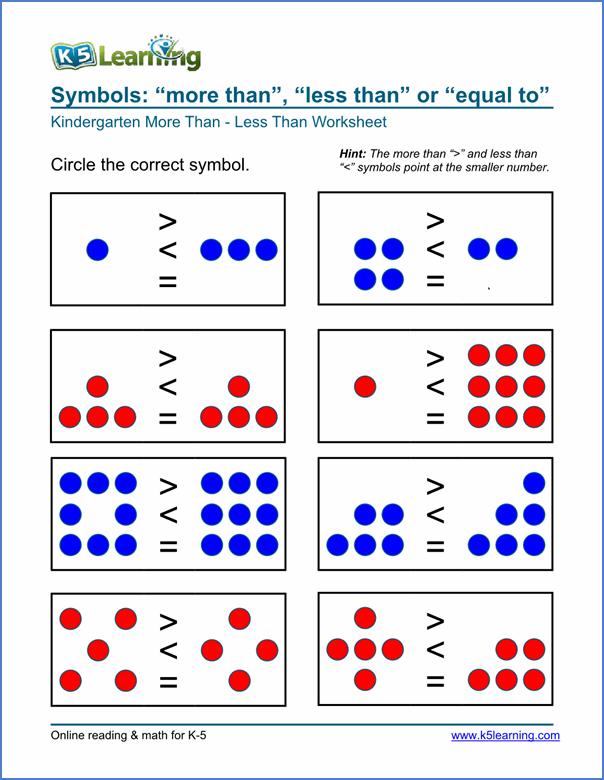
Materials: pairs of objects of the same color (cubes, pyramids, balls, etc., box.
Game progress: before starting the game, pick up pairs: first identical (red cubes, yellow balls, green pencils, etc., then different (red tomato and red ball, yellow ball and yellow chicken, green Christmas tree and green leaf, etc.) Give the children one item from a pair, mix the rest on the table or in a box. Ask the kids to find color pairs for their objects.0163 This game can also be played with one child. Collect pairs of items in a box. Then invite the child to arrange the objects in pairs, grouping them by color. The number of color pairs should be increased. gradually.
***
Game 9. "Color sticks"
Purpose: to teach to distinguish colors according to the principle "such - not such"; sort items by color.
Materials: Counting sticks in two contrasting colors (5 each).
How to play: place the counting sticks in front of the child and ask them to divide them into two piles.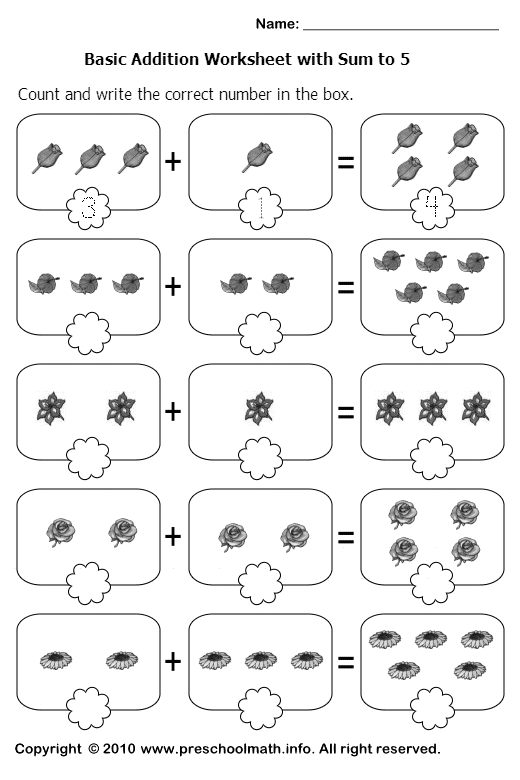 Show how the sticks should be laid out, commenting on your actions: “Let's put the sticks into two piles: everyone is like this here, and everyone is like that here. Continue.
Show how the sticks should be laid out, commenting on your actions: “Let's put the sticks into two piles: everyone is like this here, and everyone is like that here. Continue.
When the child completes the task, comment on the result, naming the color of the sticks: “Well done, you did a great job. Here I put all the red ones, and here I put all the blue ones. Gradually, the number of sticks can be increased.
***
Game 10. "Threads for balls"
Purpose: to teach children to distinguish colors according to the principle "such - not such"; learn the names of colors.
Materials: balloons and narrow ribbons in green, red, blue, yellow.
How to play: Before starting the activity, inflate the balloons and prepare the ribbons.
Show the children the balloons and say, “See what wonderful balloons I brought. They are large and round. Do you want to play with them? But first you need to tie ribbons to the balls to make it more convenient to play with them.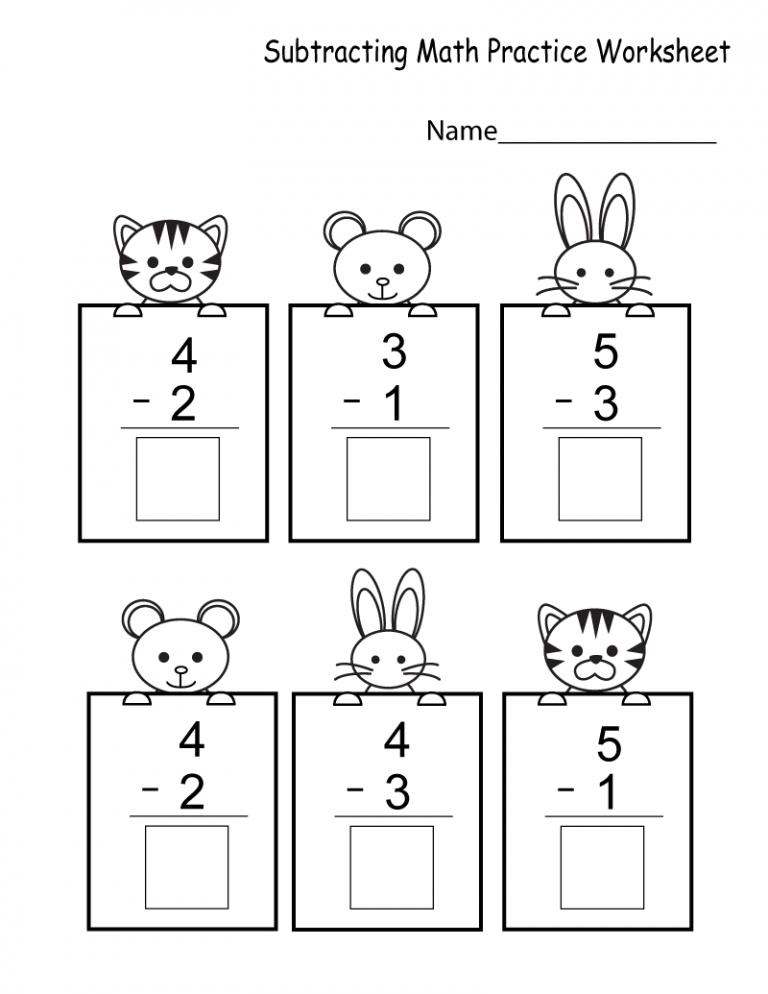 Each balloon must have a ribbon of the same color. Give four children the ribbons and ask them to match the balloons of what color. Help the kids compare the colors of the balloons and ribbons by applying and mark the result with the words “such”, “not like that”. Then tie the ribbons. Invite the children to play with balloons. At the same time, name the colors of the balls, without requiring the baby to repeat.
Each balloon must have a ribbon of the same color. Give four children the ribbons and ask them to match the balloons of what color. Help the kids compare the colors of the balloons and ribbons by applying and mark the result with the words “such”, “not like that”. Then tie the ribbons. Invite the children to play with balloons. At the same time, name the colors of the balls, without requiring the baby to repeat.
***
Game 11. Run to me!
Purpose: to learn to find an object of a certain color according to a pattern (visual correlation); develop attention.
Materials: flags in different colors or large and small cardboard squares in different colors (preferably double-sided).
How to play: Give the children flags of three colors and invite them to run around the room with them. Then raise the red flag and say, “Run to me! » Children with red flags should run up to you and raise them up. Raise the flag of a different color next time.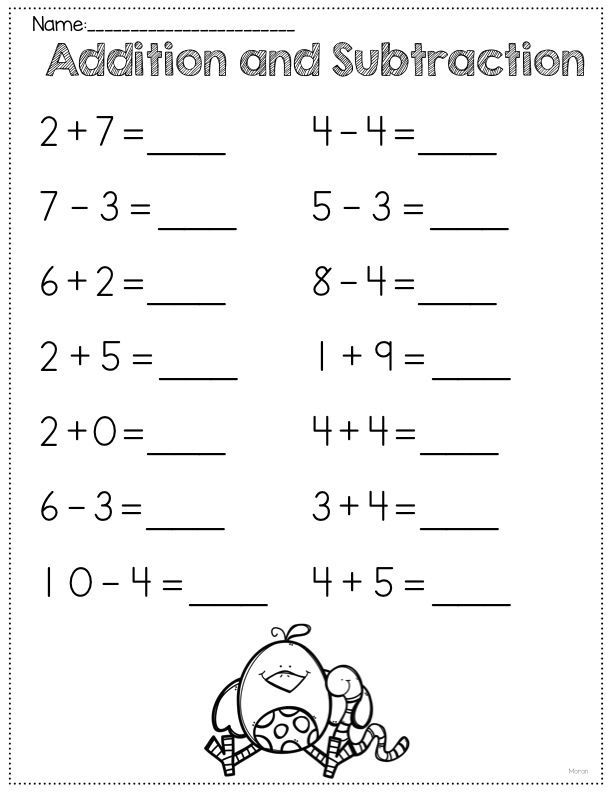
This game can be made more difficult. Gradually increasing the number of flags (up to 4-6 colors) or raising two flags at the same time.
***
Game 12. "Put the figures into houses"
Purpose: to introduce flat geometric shapes - square, circle, triangle, oval, rectangle; learn to select the desired forms in different ways.
Materials: five large figures (square, circle, triangle, oval, rectangle). Lots of small figures.
How to play: put large house figures and many small ones in front of the child and play with them: “Here are funny multi-colored figures. It's a circle, it rolls - like this! And this is a square. It can be placed."
Then offer to arrange the small figurines “into their beds”: “Evening has come. It's time for the figurines to rest. Let's put them to bed."
Give the children one small figure and ask them to take turns finding the place for each of them. When the children have laid out all the figures, sum up the game: “Now all the figures have found their beds and are resting. Then show and name all the figures again, without requiring the children to repeat.
Then show and name all the figures again, without requiring the children to repeat.
This game can be repeated many times, each time changing its plot.
***
Game 13. "Rolling - not rolling"
Purpose: to introduce three-dimensional geometric bodies - a cube a ball.
Materials: cubes and balls of different sizes and colors.
Game progress: show the children a ball, then a cube, accompanying the actions with the words: “This is a ball, it rolls - like this. Balls are smooth. Feel. And this is a cube. Can the cube roll? No, he can not. But he has corners, touch them.
Give the children one block and one marble each and invite them to play with them: put them on the floor, on a table, on top of each other, roll them, etc. Then ask them to sort the objects into boxes: the balls in one box and the cubes in another.
***
Game 14. "Figures play hide and seek"
Purpose: to introduce three-dimensional geometric bodies - a cube and a ball; learn to choose the right forms.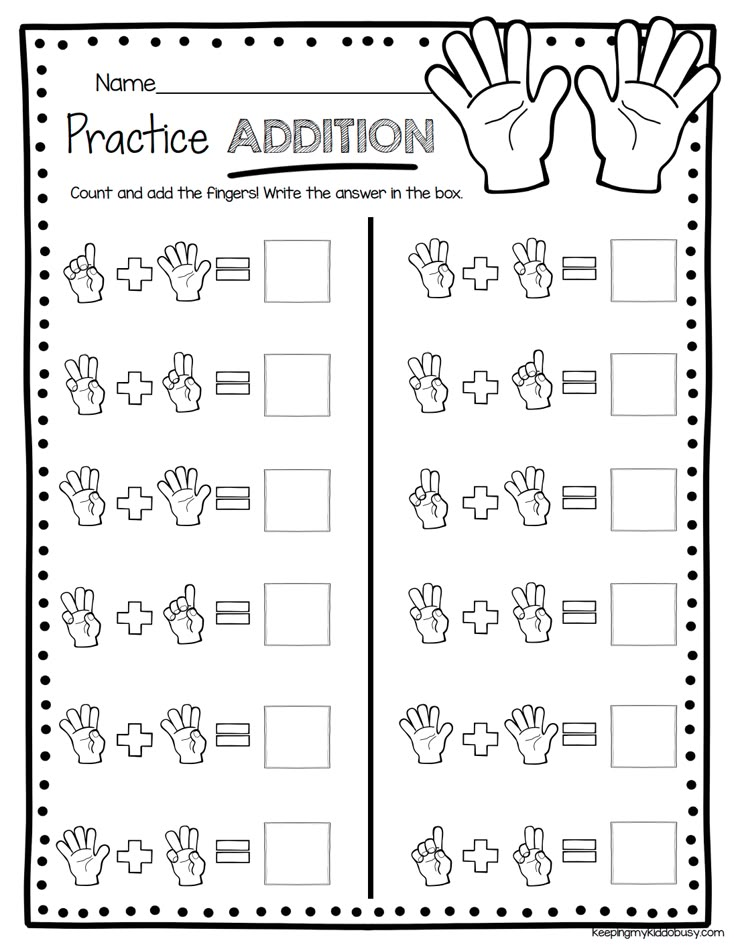
Materials: medium size cardboard box (1 – 2 pieces) with square and round slots; cubes and balls of the same size.
How to play: show the children the box and teach them how to push the balls through the slots, then the cubes. Then offer to play hide and seek: “Toys decided to play hide and seek. Let's help them hide in the box."
Give the children cubes and marbles and have them take turns pushing them into the matching holes in the box. This game can be repeated many times.
You can make cuts in two boxes, one in the shape of a circle and the other in the shape of a square, and invite the children to hide the figurines in the houses. When the children complete the task, look into the houses with them and look at their "inhabitants", drawing the attention of the kids to the fact that balls live in one house and cubes in the other.
***
Game 15. “Find a pair by shape”
Purpose: to learn to select the right shapes using the visual correlation method.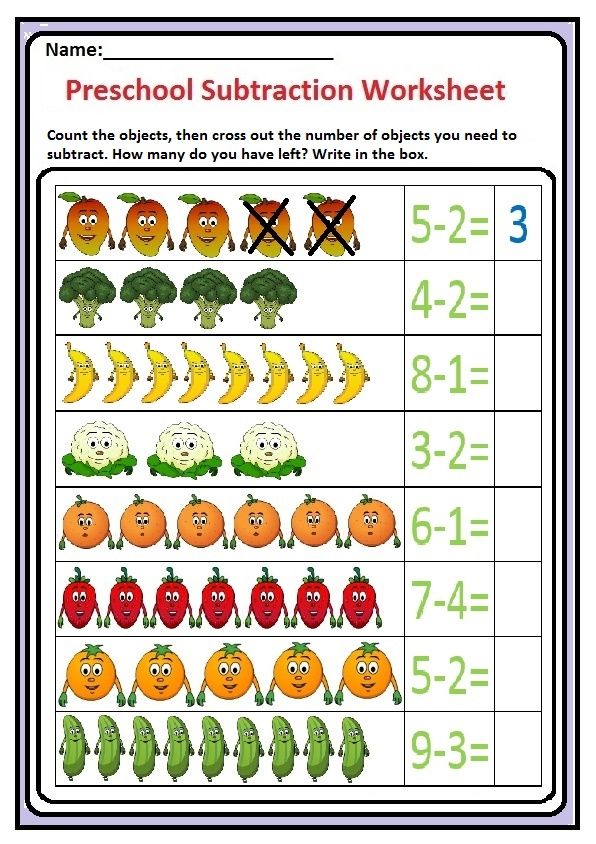
Materials: pairs of flat geometric figures made of cardboard of different colors (circles, squares, triangles, ovals, rectangles, box or hat).
Game progress: before starting the game, match pairs of geometric shapes according to the number of players (some pairs may be repeated). Give the children the figurines, or invite them to pull one out of the box or hat without looking. Ask the kids to carefully consider the figures, and then find a pair for themselves - a child with the same figure.
This game can be repeated many times by offering children geometric shapes in different colors and materials.
***
Game 16. "Find the extra figure"
Purpose: to learn to compare figures using the visual correlation method.
Materials: flat geometric shapes, different colors or cards with their image (circles, squares, triangles, ovals, rectangles, 5-10 pieces of each shape).
Game progress: This activity is done individually or with a small group of children.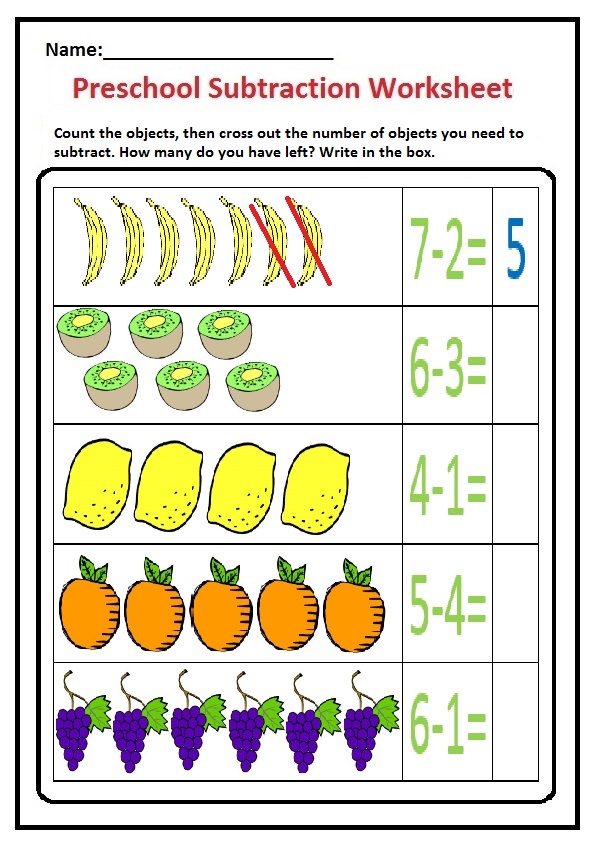
In front of each child, put 4 figures of the same color, one of which has a different shape.
Invite the child to find and show the extra figurine: “Look carefully at the figurines. Find and show a figurine that differs from the others in shape.
The game can be made more difficult by offering the baby figurines of different colors and sizes.
***
Game 17. "Towers"
Purpose: to introduce the shape of objects; learn to select figures of appropriate shapes.
Materials: plastic or wooden inserts - square and round pyramids.
Game progress: at first, this game is best played individually with each child.
Have your child take the earbuds apart and mix them. Invite him to collect two towers - pyramids. To make it easier for the child to cope with the task, help him divide the earbuds into two groups - square and round. Then the towers can be destroyed, turn the liners over and collect them.
***
Game 18.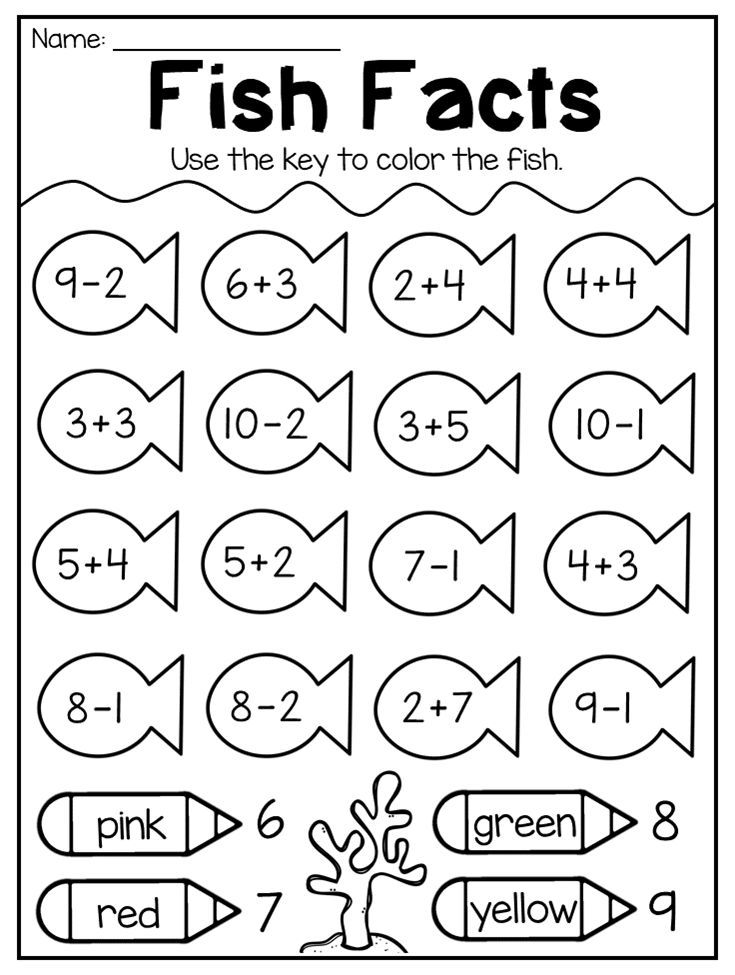 “Hide in the palm of your hand”
“Hide in the palm of your hand”
Purpose: to introduce the concept of magnitude.
Materials: objects and toys of different sizes (rings, a ball, rubber toys, according to the number of children.
How to play: first give the children small balls and invite them to hide them in their palms. Then in the same way, offer to hide objects of different sizes, spread out on (each child takes one object)
Summarize the game: “Small objects can be hidden in the palms, but large ones cannot.”
***
Game 19. “Cover with a handkerchief”
Purpose: to introduce the size of objects, the concepts of big, small.
Materials: objects and toys of various sizes; handkerchief.
Game progress: At first, two toys and one handkerchief are used in the game. Pick up two toys so that the small item fits under the handkerchief and the big one doesn't.
Invite the children to play hide-and-seek by covering the toys with a handkerchief.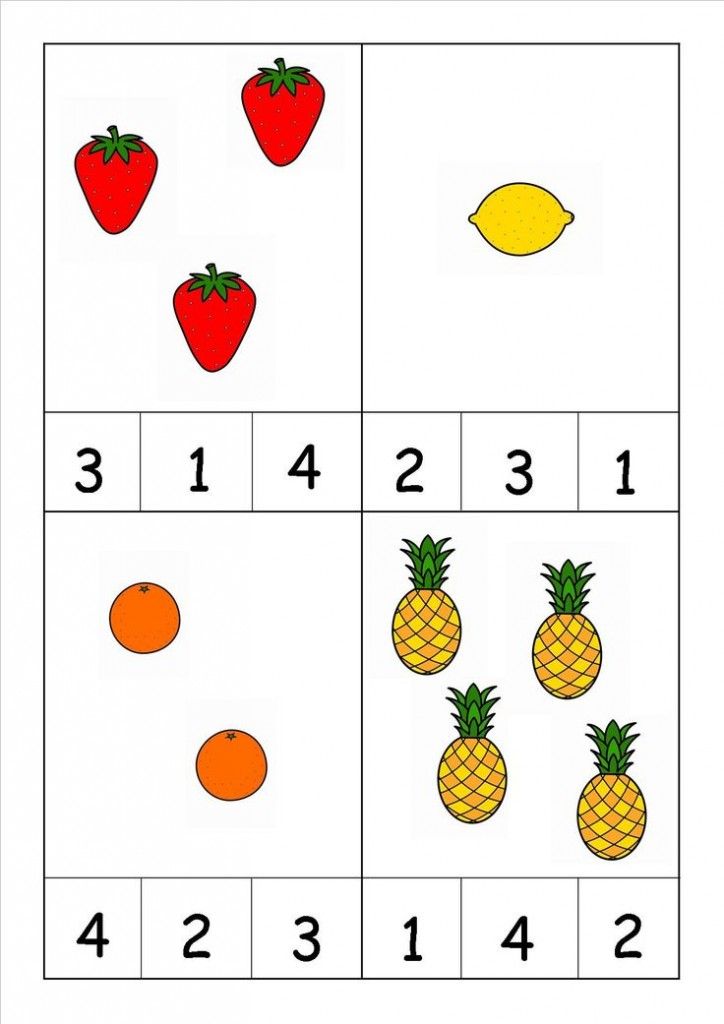 Then summarize the game: the toy that is not visible from under the scarf is small, and the one that does not fit under the scarf is large.
Then summarize the game: the toy that is not visible from under the scarf is small, and the one that does not fit under the scarf is large.
You can come up with different plots for this game: prepare a birthday surprise, hide dolls from Baba Yaga.
Use two different sizes next time. At the end of the game, summarize: “We hid a small toy under a small scarf, and a large one under a large scarf. Is it possible to hide a large toy under a small scarf? Try it! No, it doesn't work. Is it possible to hide a small toy under a large scarf? Can! Small toys are easier to hide."
***
Game 20. “Cover with a hat”
Objectives: to introduce the value through practical actions, with concepts.
Materials: hat, objects and toys of various sizes.
How to play: have the child take turns hiding toys of different sizes under the magic hat. Note. That only small toys fit under the hat.
***
Game 21. “Let's feed the dolls”
Purpose: to introduce the value in the course of practical actions with objects, with the concepts of large, small, medium in size.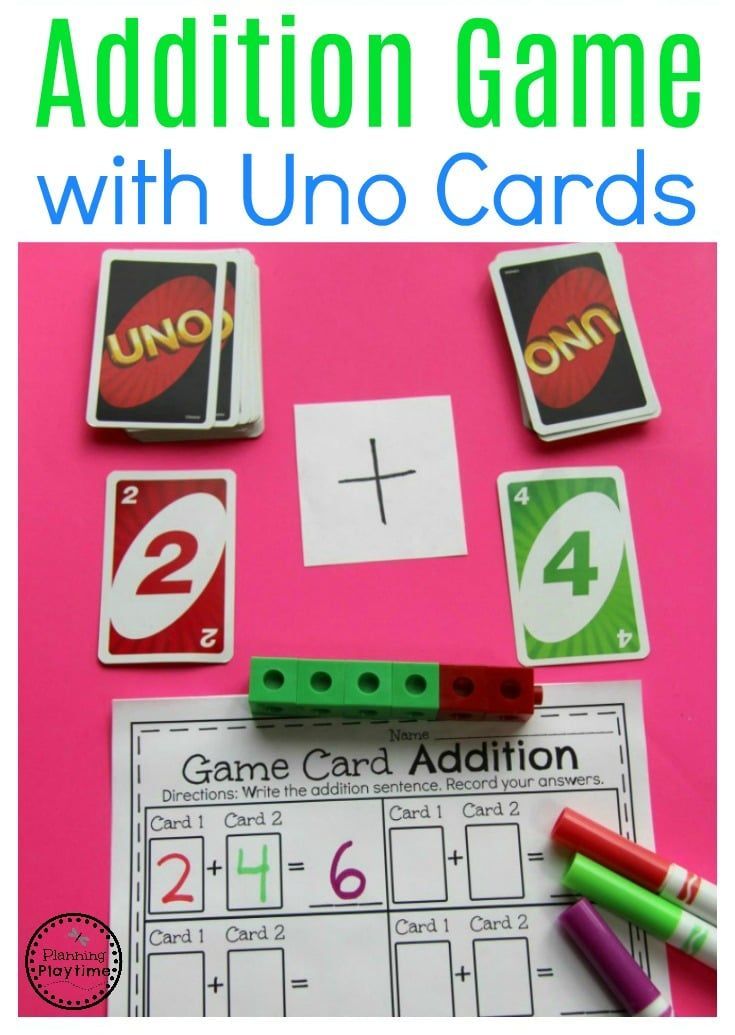
Materials: bowls of the same color, large and small spoons, large and small dolls.
How to play: take two bowls that are very different in size and invite the child to feed the big and small dolls. Choose appropriate sized plates and spoons for the dolls: “A large doll eats from a large plate with a large spoon. And the little doll eats from a small plate with a small spoon. Let's feed the dolls. Now let's go for a walk."
Complicating the game, you can offer the child three bowls and three spoons of different sizes and play the plot of the fairy tale "Three Bears". You can also put food of different sizes on plates.
***
Game 22. "Large and small cubes"
Purpose: to teach the ability to compare objects by size using the visual correlation method; sort objects of two sharply different sizes; learn to understand and use concepts in speech: big, small, the same, the same in size.
Materials: multi-colored cubes, sharply different in size, large and small buckets.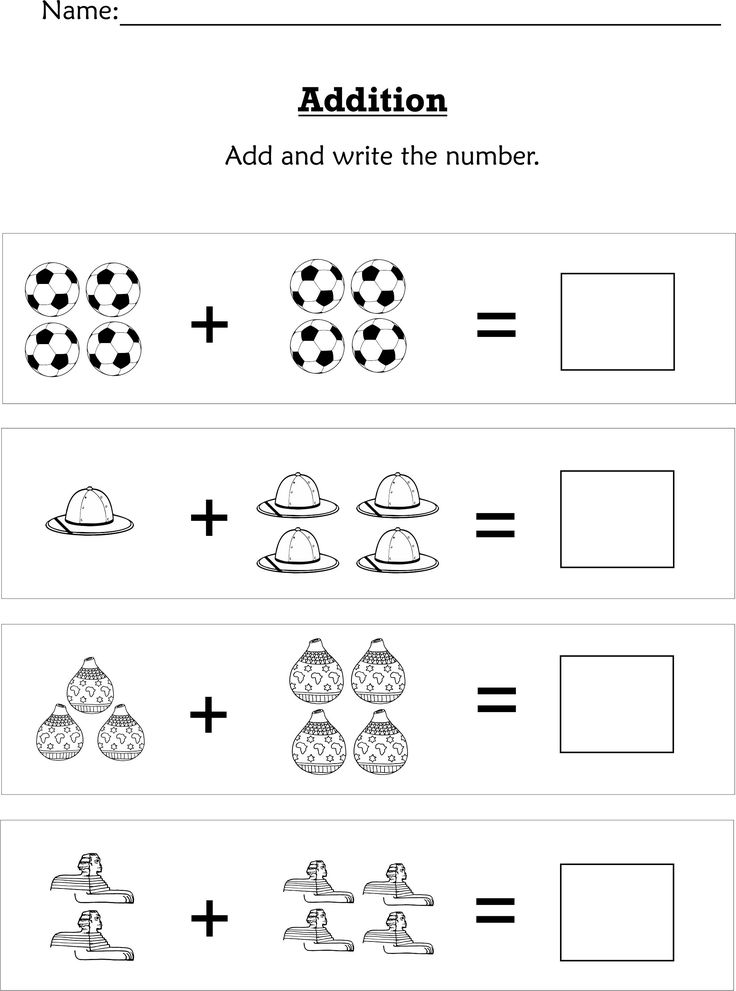
How to play: before starting the activity, place the large and small cubes in the appropriate size buckets.
Show the kids a bucket of big blocks, invite them to take them out and play with them: “What a big bucket. And in the bucket are big cubes - like this.
Then show a small bucket, have them take out small cubes and play with them: “Here is a small bucket. It contains small cubes. Compare a small cube with a large one. Put them side by side."
When the children have played with the blocks, have them put them back into the appropriate-sized buckets. Give the kids one or two (large and small) cubes and ask them to put them in the right bucket.
A similar game can be organized with other toys: large and small trucks, large and small bars, balls, etc. Game 23. Pyramids
Materials: various pyramids.
Game progress:
1st option "Red Pyramid".
Pick up one-color pyramids with a small number of rings (3 pcs., So that the child is not distracted by the color and pays attention to the size of the rings.